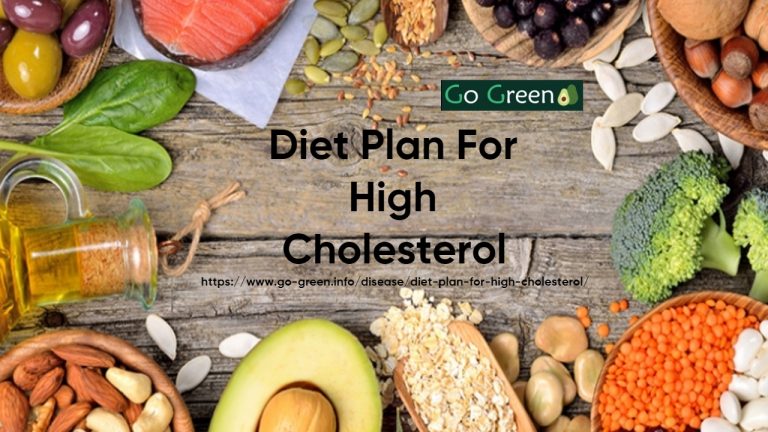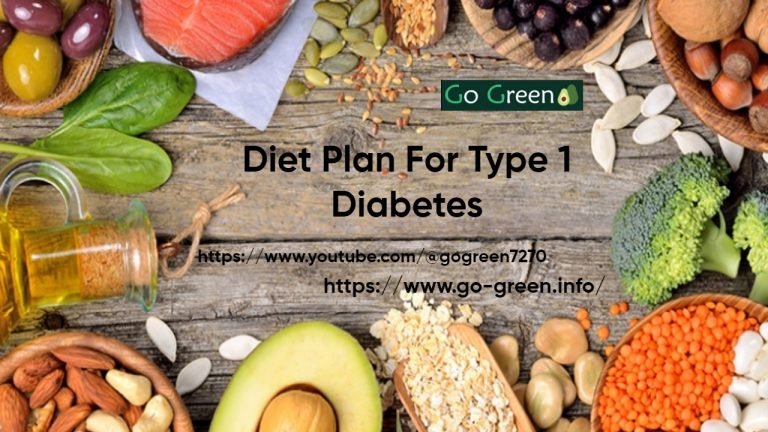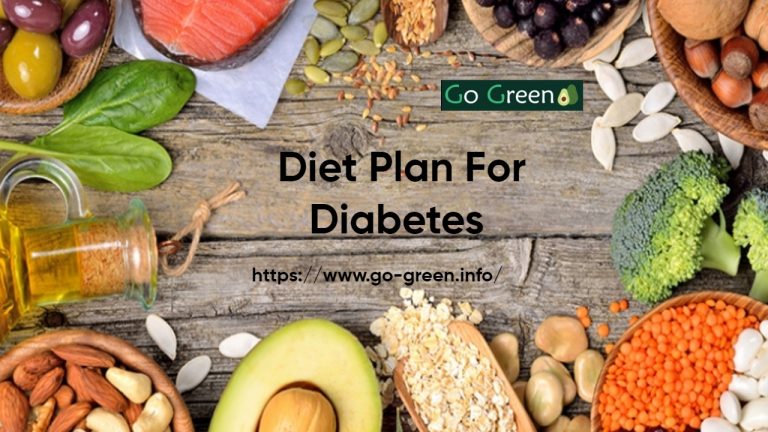Varicose Vein Natural Treatment

Varicose veins do not just look bad, but they are also painful. Though they are considered to be more common in women, they can also occur in men, and do not just happen in the legs; they can develop in other body parts too.
Our veins work with the surrounding muscles to pump blood from and to the heart. But, since they work against gravity forces, the leg veins have a challenging job and thus, the lower area of the body happens to be highly prone to varicose veins.
Varicose veins occur when your veins become overfilled with blood and the blood starts flowing in the reverse direction which we call reflux. Varicose veins are often painful and unsightly, with a bluish-purple or reddish coloration. Varicose veins occur in men and women of any age. You are at more risk if you are older, a female, obese, don’t exercise, or have a family history. They are also common during pregnancy.
Causes Of Varicose Veins
Failure of the one-way valves allows blood to flow back down the veins and results in an overload of pressure when standing. This excess pressure leads to the widening of the veins because of which the veins do not close properly. Blood then flows back into the leg along these veins and causes varicose veins.
Veins
A vein is an elastic blood vessel that transports blood from various regions of the body to the heart.
There are main systems of veins in our body:
- Deep Veins: The leg muscles squeeze the deep veins during walking, carrying most of the blood up the legs to the heart.
- Superficial Veins: These veins are close to the surface of your body and form varicose veins.
- The veins have leaflet valves that avert the flowing of blood backward and away from the heart. But, when they do not function 100 percent, the veins start to enlarge and the blood flow elevates. Damage from varicose veins may worsen the blood flow.
Symptoms Of Varicose Veins
Varicose veins appear in dark blue, swollen, and twisted under the skin. The symptoms include itching over the vein or a burning sensation in the legs. The symptoms get serious too with leg swelling, skin discoloration, stretching, and scaling of the skin. You might also experience a tingling and vibrating sensation in your legs.
Varicose veins are not a sign of caution, but in some cases, varicose veins point out a blockage in the deeper veins called deep vein thrombosis. If you have this problem, you should get treated for it.
The earliest indicators of poor blood flow are cold feet and hands and a feeling of numbness in these areas. When the blood vessels become narrower, they can contribute to minor symptoms or a more serious problem known as Raynaud’s syndrome. During this condition, the extremities turn bluish and whitish in the cold or when the person is stressed.
Diagnosis Of Varicose Veins
Your doctor will take a look at your limbs. Varicose veins are easy to see, especially when you stand up. Your doctor will check your legs for tender areas, swelling, sores, skin color changes, and other signs of skin breakdown. You might need further tests if you plan to have treatment or if you show signs of a deep vein problem.
Your condition might also demand an ultrasound test called a color doppler scan to check if your veins are functioning normally. Although it’s not very common, your doctor might tell you to go for an Angiogram to get a more detailed look at the blood flow.
Prevention of Varicose Vein
Physical activities like exercising, lifting your legs while resting, and not crossing them when sitting, help keep varicose veins at bay! Likewise, wearing loose clothing and avoiding standing for long periods also help.
Treatment
There are various procedures to treat varicose veins. But the best procedure with a proven success rate and clinical data up to date to treat Varicose veins is Endovenous Laser Ablation Therapy ( EVLT ).
EndoVenous Laser Treatment (EVLT) is meant to be the safest procedure that gives a success rate of 98.1%. It has minimal recovery time which means the patient is encouraged to walk and resume normal activities the same day.
Varicose veins can cause serious problems if left untreated. Take good care in your initial days because ignorance can be costly!
Natural Treatment of Varicose Veins
Here is a potent natural treatment that we discovered on Healthy Holistic Living that may help you alleviate varicose veins:
Aloe vera cream
Mix a cup of aloe vera gel, half a cup of Apple cider Vinger ACV, and 1 chopped carrot in a blender. Once the paste becomes thick enough, transfer it to a clean container with a lid. Use the paste to massage the affected areas. Leave it on for half an hour before rinsing it off with cold water. Repeat the method on a daily basis for optimal effect.
Horse chestnut extract
This extract was found by several studies to be highly beneficial in lowering pain and swelling in the legs of people suffering from varicose veins. The recommended range is 400 to 600 mg when aescin, the main compound, is standardized at 100 to 150 mg per day. Remember, never take horse chestnut raw or in tea because there is a toxic compound in it that can only be eliminated during the process of manufacturing for supplement form.
Massages with essential oils
Massages are highly beneficial for the reduction of pain and swelling arising from insufficient blood flow in the veins and muscles. Hence, using essential oils during the process of massage can additionally enhance the blood flow. The best oils you can opt for in this case are fennel, basil, cypress, orange, lemon, and rosemary.
Leafy liquid
In two liters of water, boil a handful of mint, chamomile, and laurel leaves for 5 minutes. Then, wait for the content to cool down and then strain it. Use the content to add it to your bath water along with some baking soda for optimal effect. Soak for 10 to 15 minutes daily.
Fill your bathtub with warm water and mix in a cup of sea salt and a cup of ACV. While soaking, massage your legs with proper pressure. Repeat the procedure 4 times per week. This will reduce leg ache and relax the irritated muscles.
Ointment with green clay
Did you know that green clay is abundant in potent minerals, antioxidants, and iron oxides? Mix ½ cup of it with some water to create a thick paste. Apply the paste onto the feet and legs and leave it overnight. Feel free to wrap the legs with cloths or plastic for an additional healing effect.
Immersion baths
Fill your bathtub with warm water and mix in a cup of sea salt and a cup of ACV. While soaking, massage your legs with proper pressure. Repeat the procedure 4 times per week. This will reduce leg ache and relax the irritated muscles.
Apple Cider Vinegar
Apple cider vinegar is a wonderful treatment for varicose veins. It is a natural body cleansing product and it also improves blood flow and circulation. When the blood starts flowing naturally, the heaviness and swelling of varicose veins will decrease to a great extent.
- Apply undiluted apple cider vinegar on the skin over the varicose veins and gently massage the area. Do it every day before going to bed and again in the morning. Follow this remedy for a few months to reduce the size of varicose veins.
- Add two teaspoons of apple cider vinegar to a glass of water and stir well. Drink the mixture twice a day for at least one month to see positive results.
Cayenne Pepper
Cayenne pepper is considered a miracle treatment for varicose veins. Being a very rich source of vitamin C and bioflavonoids, it increases blood circulation and eases the pain of congested, swollen veins.
- Add one teaspoon of cayenne pepper powder to a cup of hot water and stir it well.
- Drink this mixture three times a day for one or two months.
Olive Oil
Increasing blood circulation is essential to treating varicose veins. Massaging with olive oil can help increase circulation, thereby reducing pain and inflammation.
- Mix equal amounts of olive oil and vitamin E oil and warm it slightly. Massage the veins with the warm oil for several minutes. Do this twice daily for one to two months.
- You can also mix four drops of cypress essential oil in two teaspoons of warm olive oil and massage with this mixture.
Garlic
Garlic is an excellent herb for reducing inflammation and the symptoms of varicose veins. It also helps break up harmful toxins in the blood vessels and improve circulation.
- Slice up six garlic cloves and put them in a clean glass jar.
- Extract the juice from three oranges and add it to the jar. Also, add two tablespoons of olive oil.
- Let the mixture sit for about 12 hours.
- Shake the jar and then put a few drops of the solution on your fingers. Massage the inflamed veins with the solution in a circular motion for 15 minutes.
- Wrap the area with a cotton cloth and leave it on overnight.
- Repeat daily for several months.
Also, include fresh garlic in your diet.
Butcher’s Broom
Butcher’s broom is very helpful for relieving the aches and discomfort of varicose veins. This herb contains compounds known as ruscogenins that help reduce inflammation while constricting the veins due to its anti-inflammatory and anti-elastase activity.
Take 100 mg of butcher’s broom supplements three times a day. Created from the roots and seeds of the plant, butcher’s broom supplements have vitamins B and C along with calcium, chromium, magnesium, manganese, potassium, selenium, silicon, and zinc.
These nutrients will help tighten, strengthen and decrease inflammation in the veins as well as improve blood flow up the legs.
Note: People with high blood pressure or benign prostate hyperplasia should not take this herb without consulting a doctor.
Witch Hazel
Witch hazel is a very effective herb for strengthening blood vessels and hence can reduce symptoms of varicose veins. Apart from being an astringent, it also contains gallic acid and several essential oils that can help reduce the swelling as well as the pain.
- Soak a washcloth in witch hazel and place it on the affected area. Do this two or three times a day for one or two months.
- Alternatively, fill a tub with lukewarm water and add 10 to 20 drops of distilled witch hazel. Soak your legs in the solution for at least 15 minutes. Then wash your legs with clean water and pat them dry. Follow this natural treatment once daily for one or two months.
Parsley
Parsley is rich in vitamin C, a powerful antioxidant that encourages the production of collagen and aids in cell repair and reproduction. It also contains rutin, which plays a key role in strengthening the capillaries and hence is very useful in reducing symptoms of varicose veins.
- Boil a handful of chopped fresh parsley in one cup of water for five minutes.
- Remove from the heat, cover, and allow the solution to cool to lukewarm. Then strain the solution.
- Add one drop each of rose and marigold essential oils.
- Put the solution in the refrigerator for several minutes.
- Using a cotton ball, apply the solution to the affected area.
- Do this daily for several months to see positive results.
Also, try to eat raw parsley as often as you can.
Grapevine Leaves
Grapevine leaves have a good amount of flavonoids, which help keep veins healthy. The leaves also have astringent, anti-inflammatory, antioxidant, and homeostatic properties that are very helpful for treating varicose veins.
- Boil one cup of grapevine leaves in four cups of water for 10 to 15 minutes. Allow it to steep for several minutes until it is lukewarm.
- Pour it into a bucket and soak your feet in the solution for five minutes.
- Then put your feet in another bucket filled with cold water for 10 seconds.
- Do this three or four times at a stretch, ending with the cold water soak.
- Afterward, massage your legs in an upward direction with castor oil.
- Finish by putting your legs in an elevated position for a few minutes.
Marigold
The beautiful marigold flower is a rich source of flavonoids and vitamin C that stimulate the production of collagen and aid in cell repair and reproduction. It also helps improve circulation, thus helping alleviate various symptoms of varicose veins.
- Boil one cup of marigold flowers in four cups of water for five minutes.
- Soak a cotton cloth in the solution and place the cloth on the affected area. Leave it on until it completely cools.
- Repeat several times a day for a few months until you notice improvement.
You can also eat fresh marigold petals.
Horse Chestnut Seeds
The seeds of horse chestnut have been used for ages to treat varicose veins. Horse chestnut seeds have anti-inflammatory and anti-swelling properties that can successfully increase ‘venous tone’ and in turn reduce the appearance of varicose veins.
Horse chestnut seed extract has a compound called aescin that improves the elastic strength of veins and prevents the release of enzymes that damage capillary walls.
A review of clinical studies by the Cochrane Collaboration found that horse chestnut extract is an effective short-term treatment for symptoms of varicose veins.
- You can purchase horse chestnut seed gel available in the market. Use the gel externally on the affected area twice daily. When used regularly, it can significantly reduce leg pain and swelling.
- You can also take horse chestnut supplements. The most common dosage is 300 mg twice daily. Do not take raw horse chestnut as it contains large amounts of a toxic compound known as esculin.
Note: Pregnant or nursing women should not use this natural treatment.



